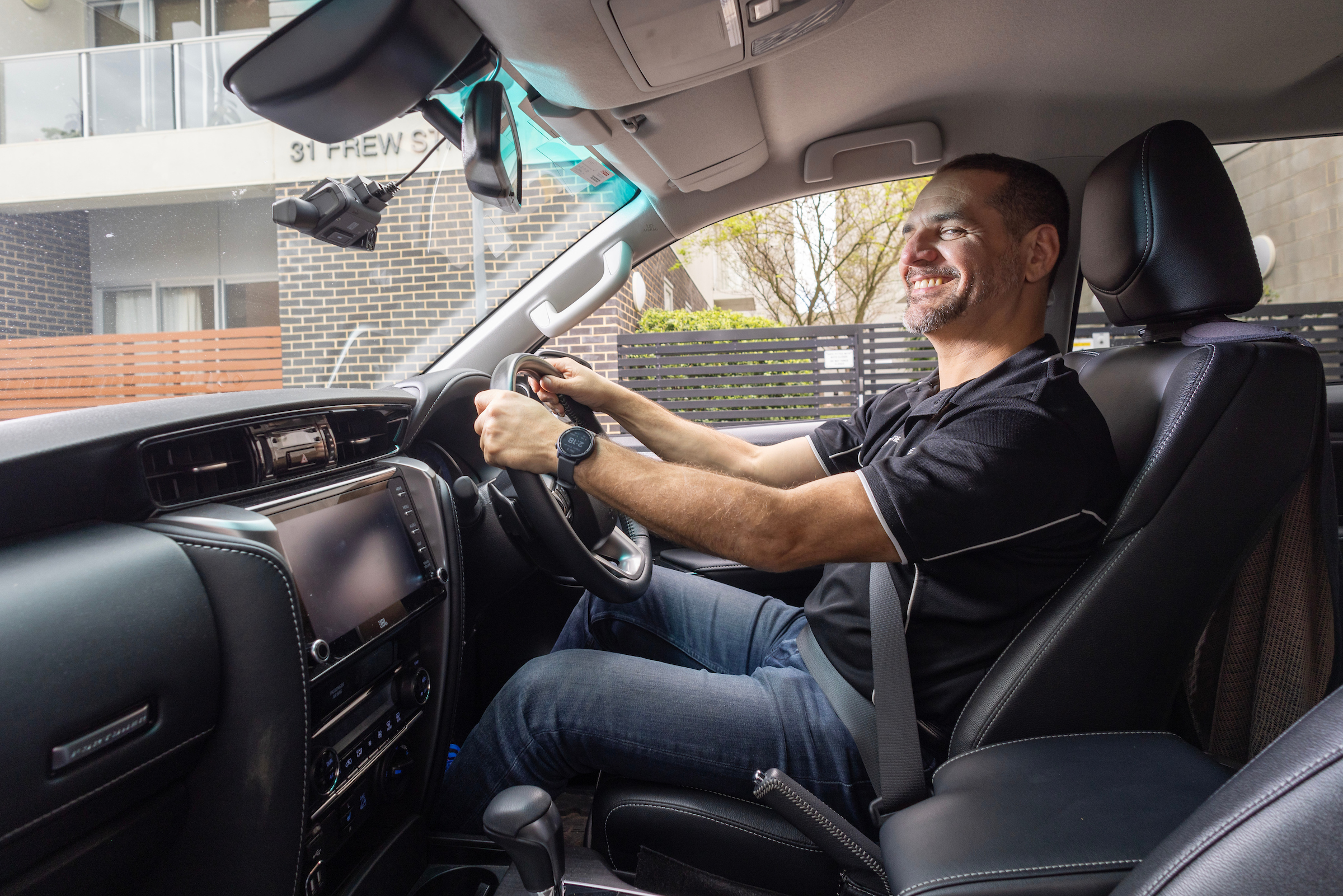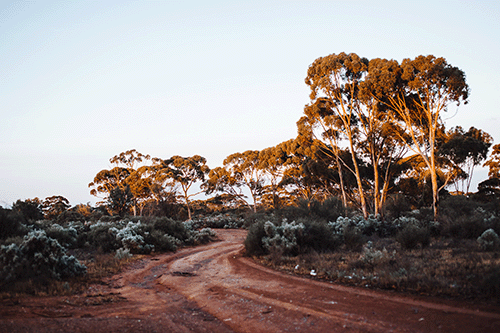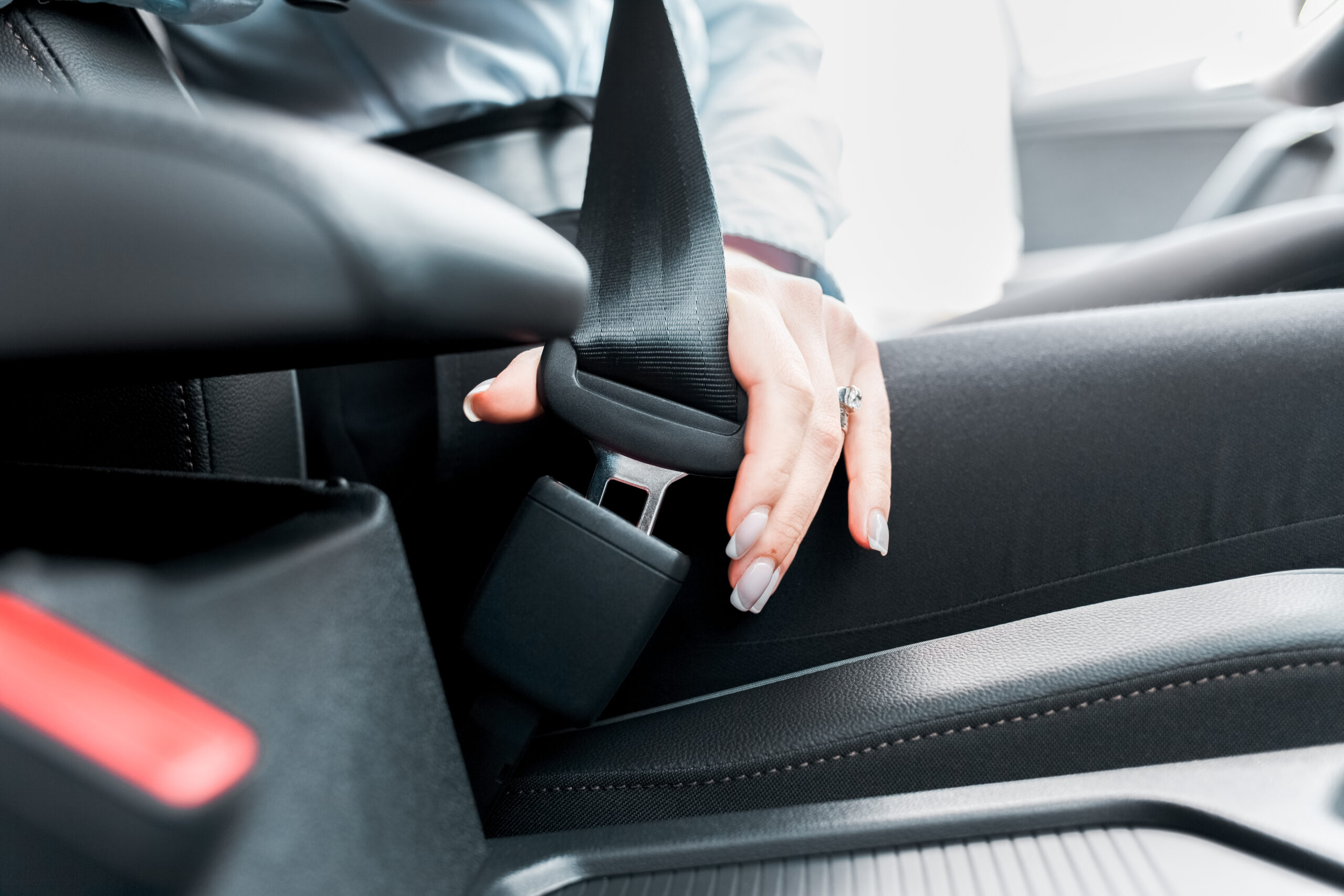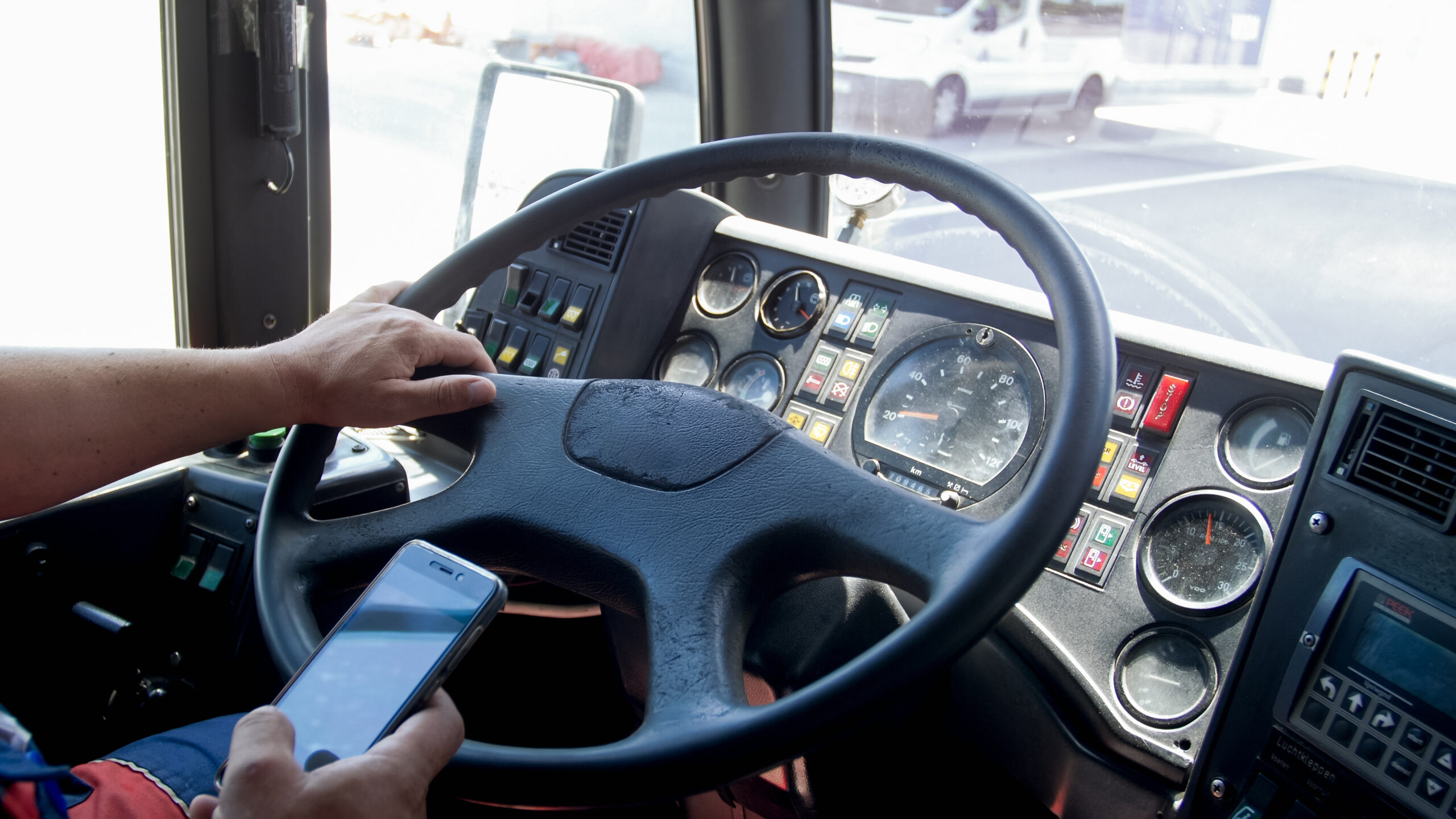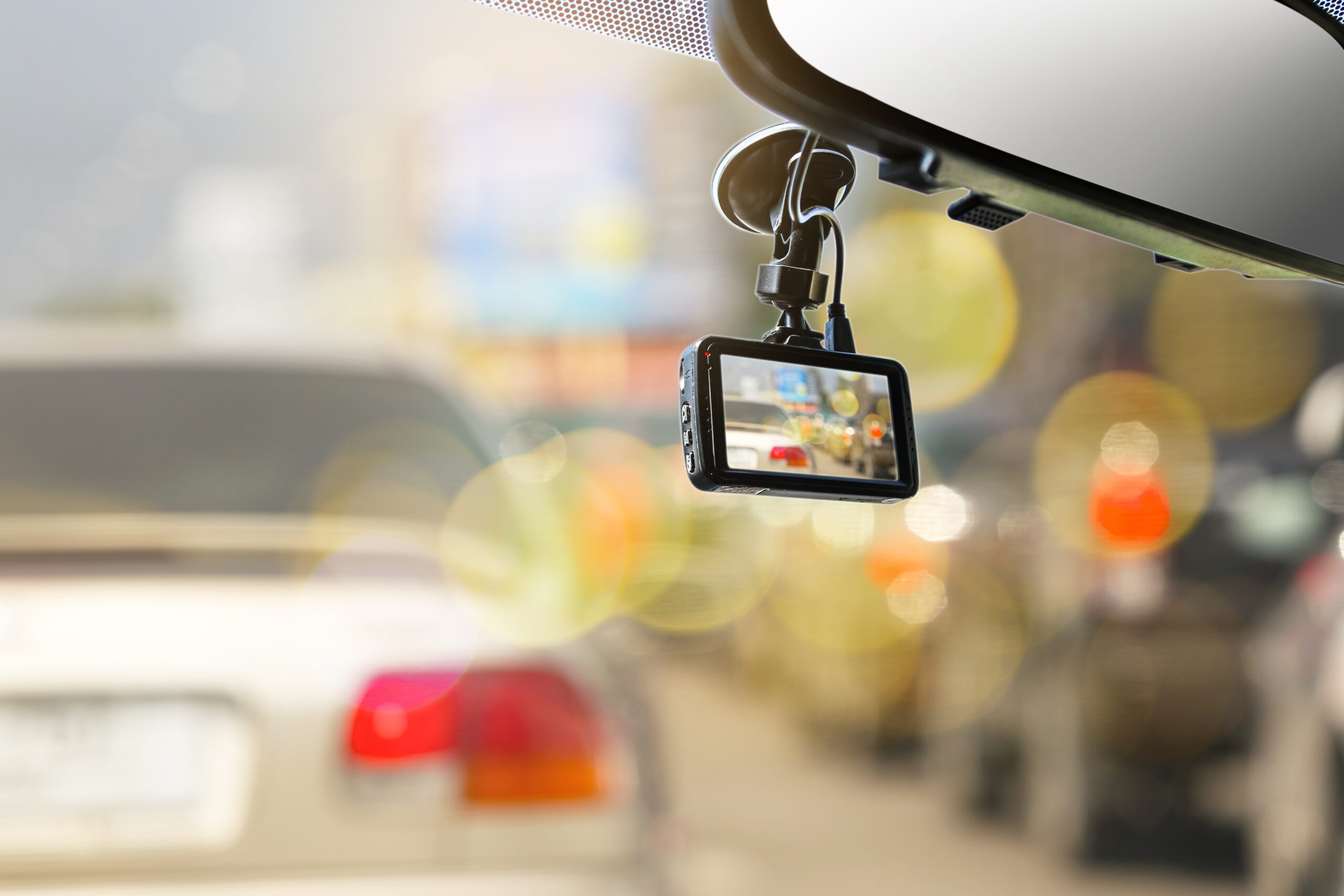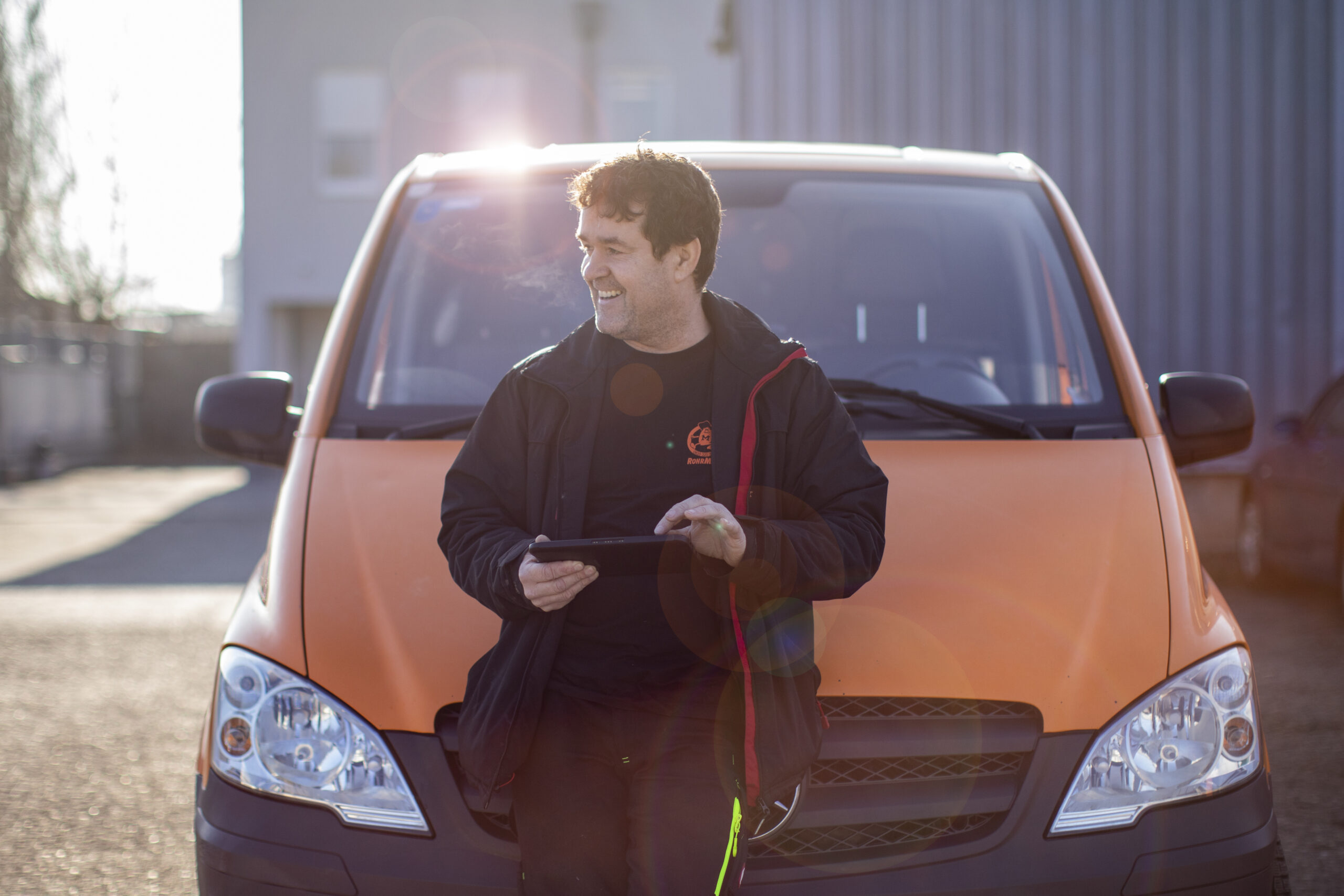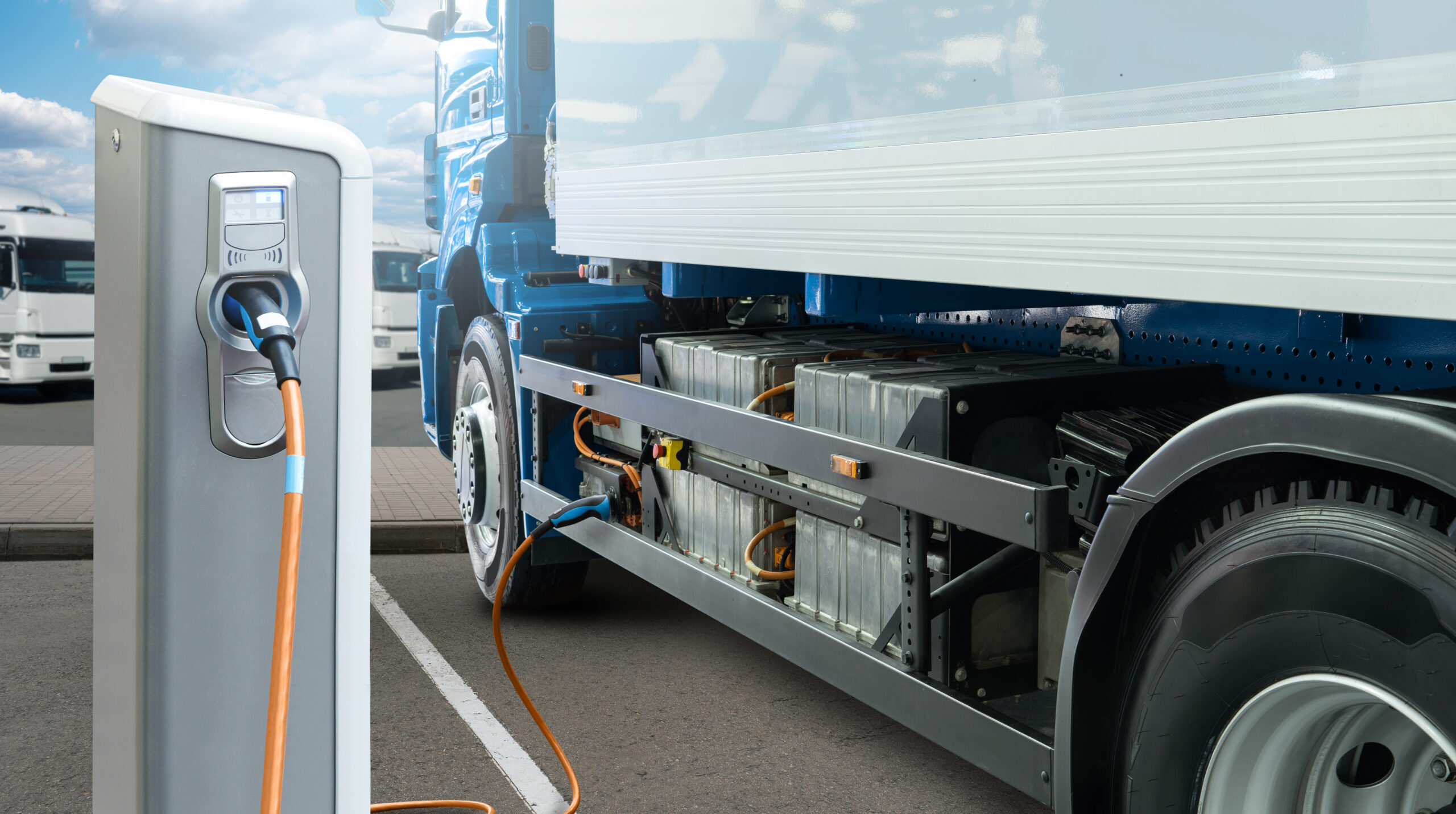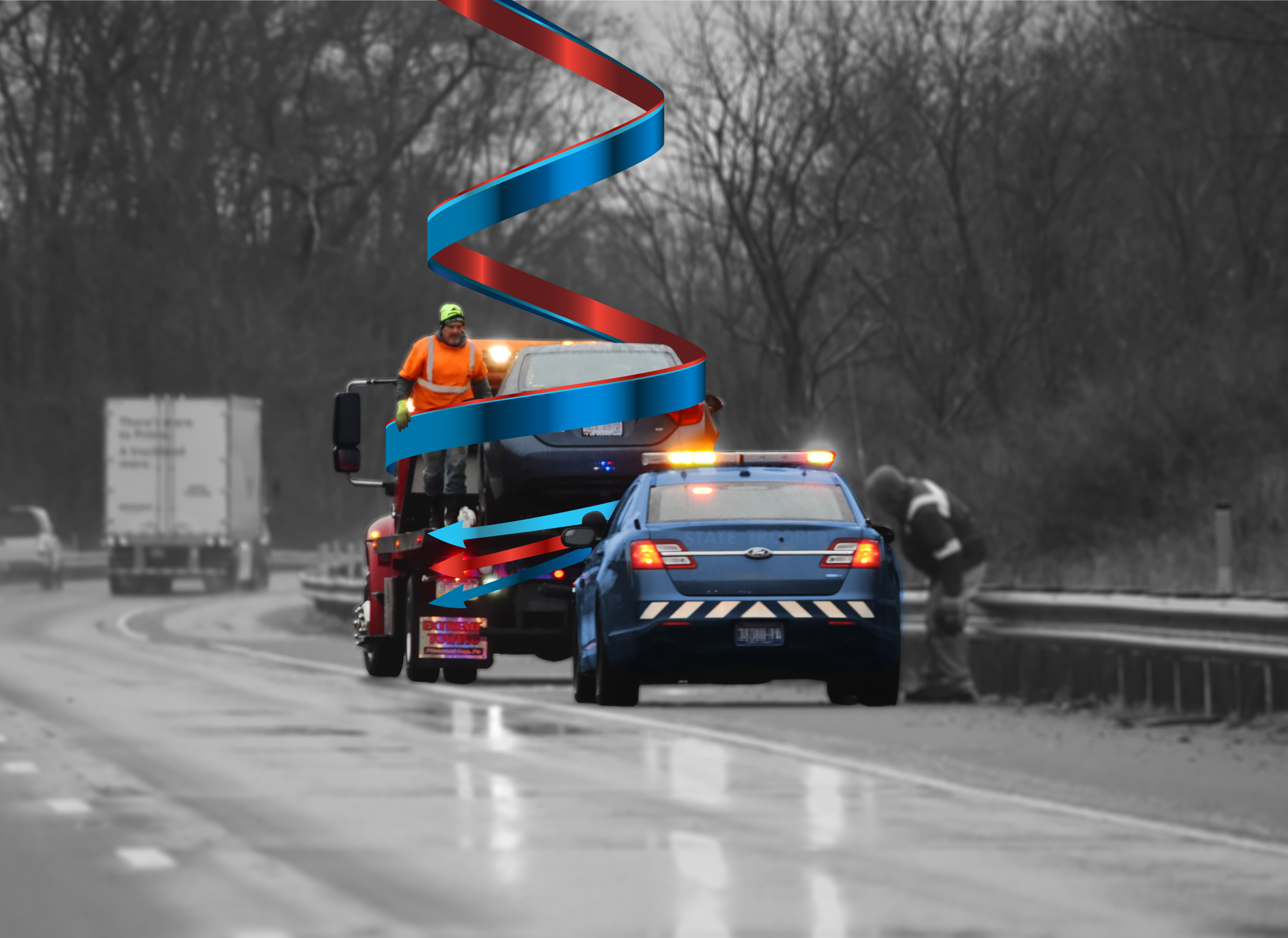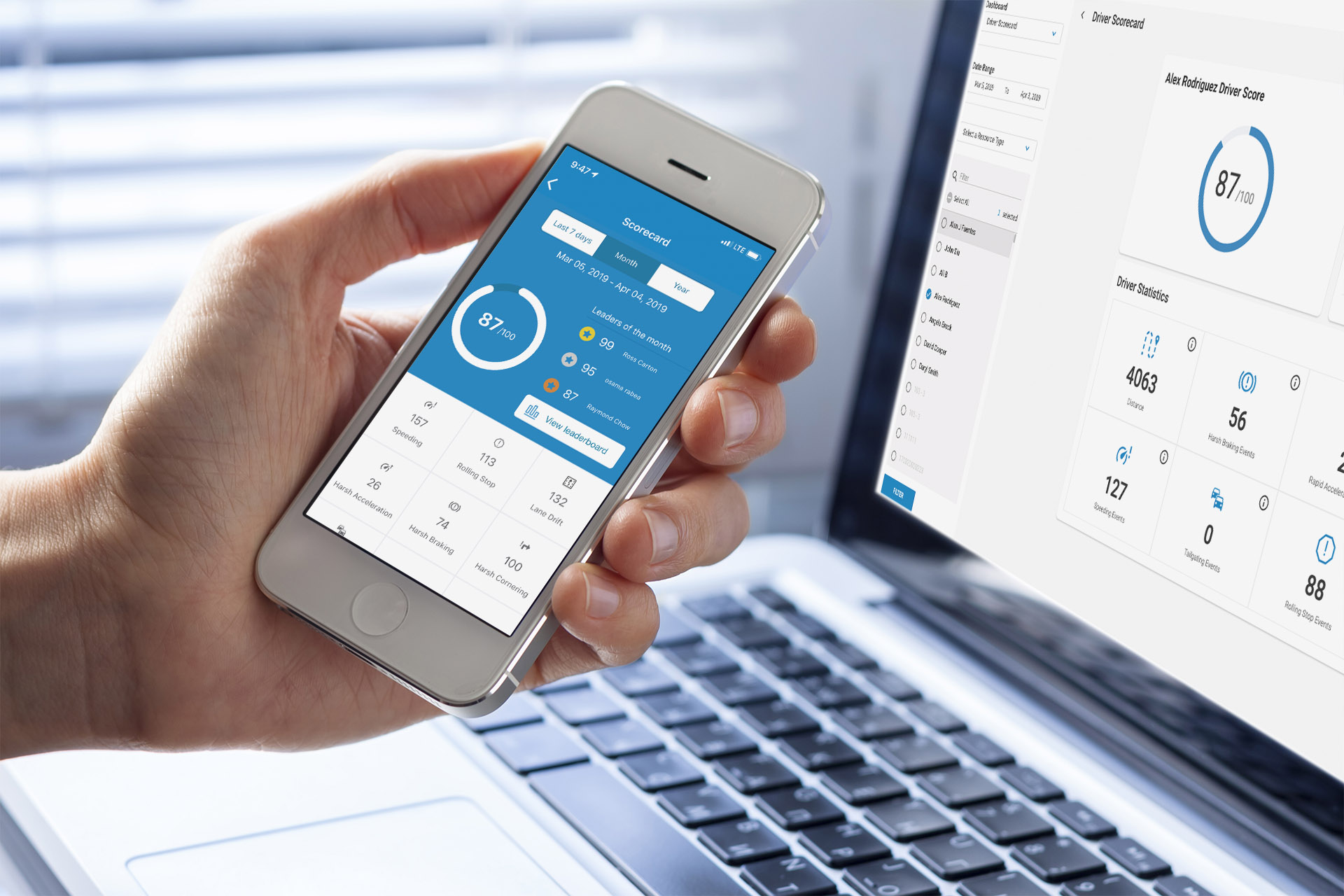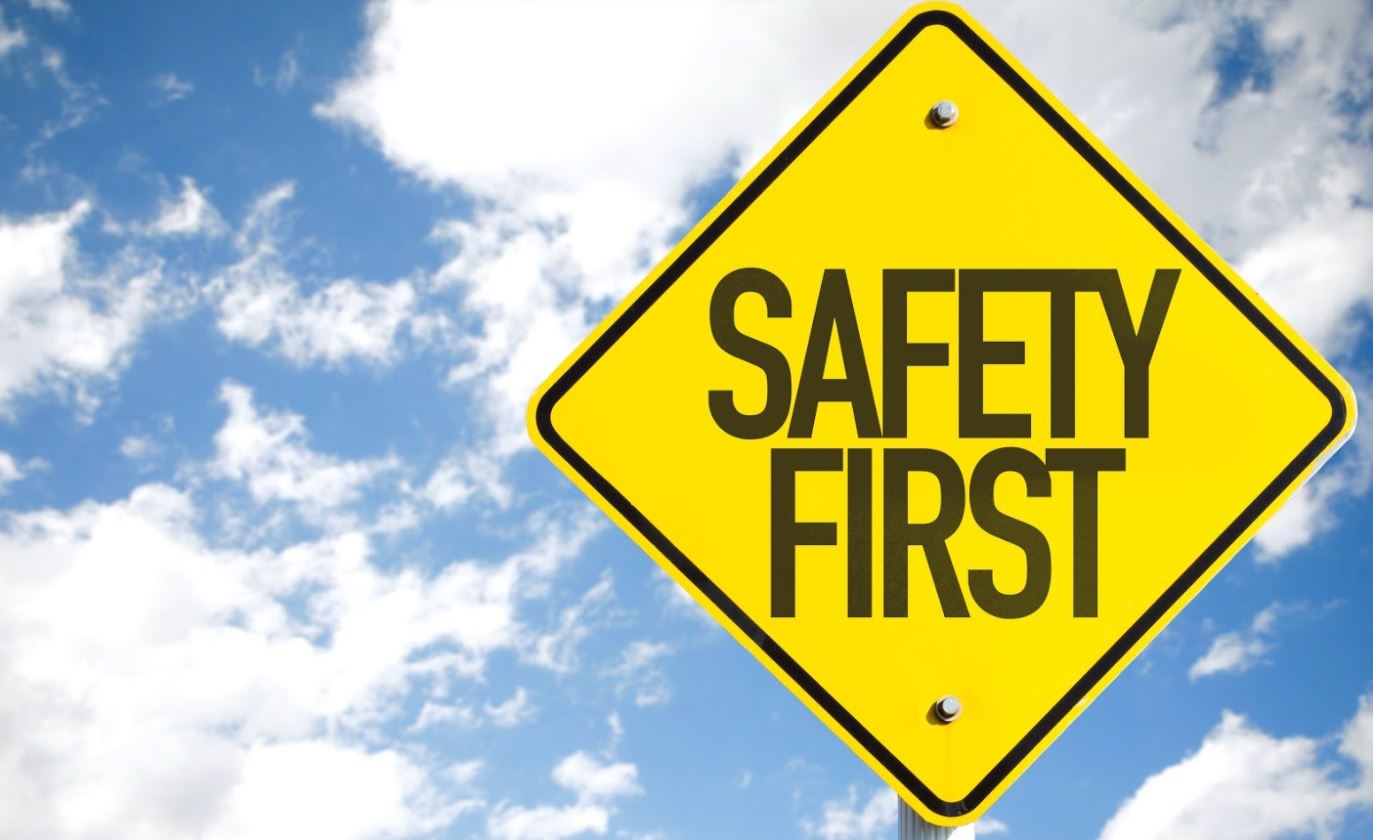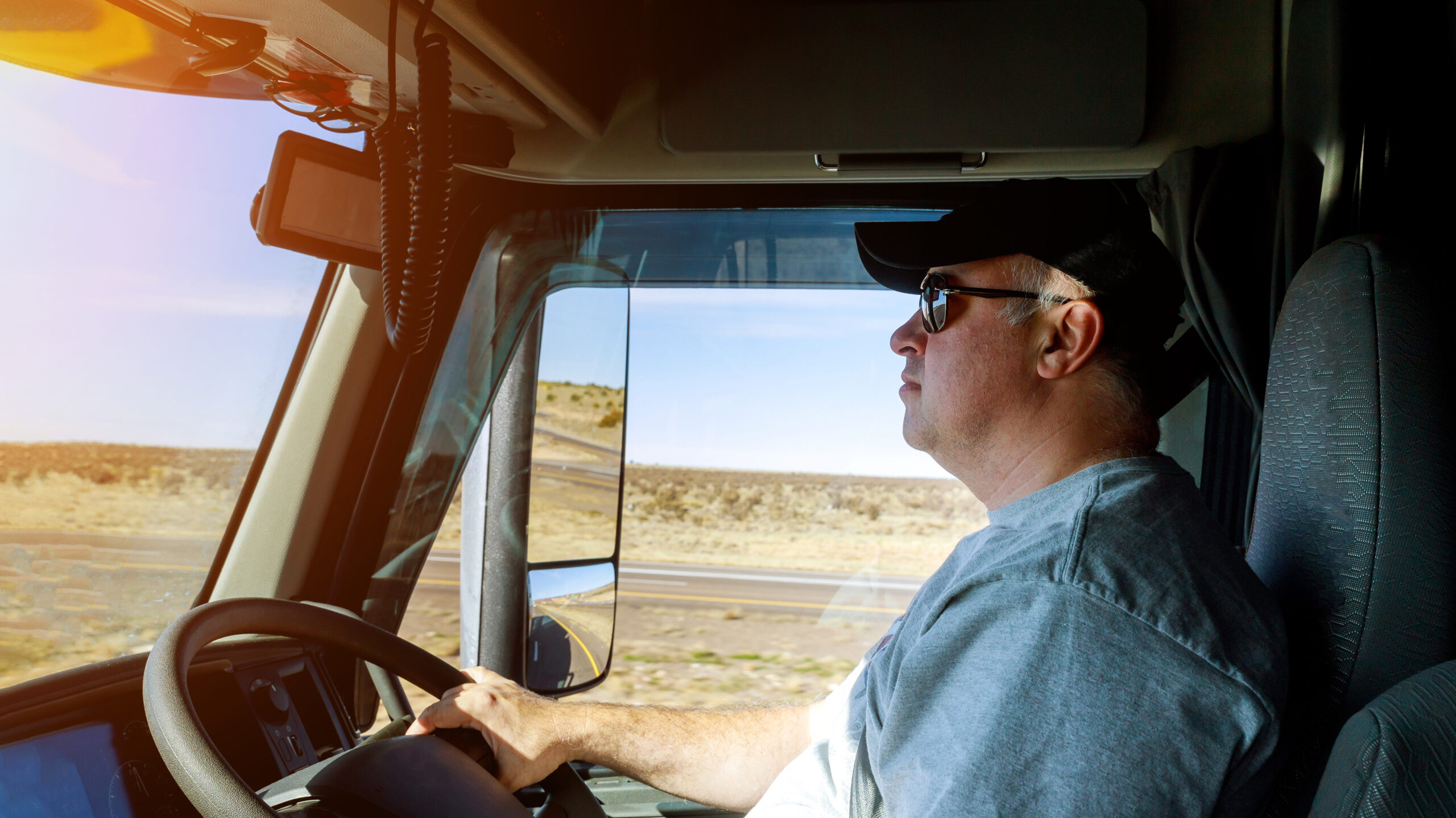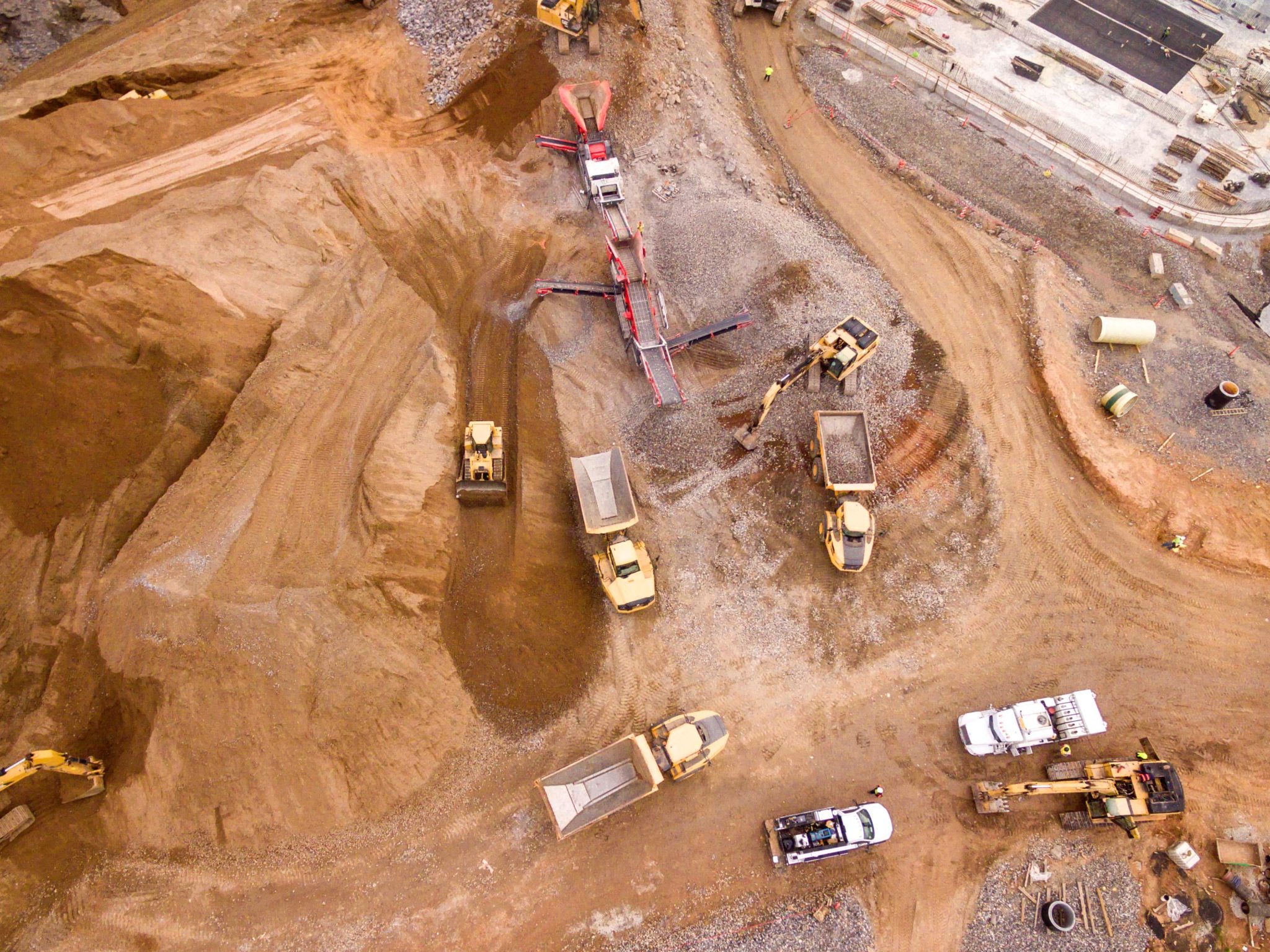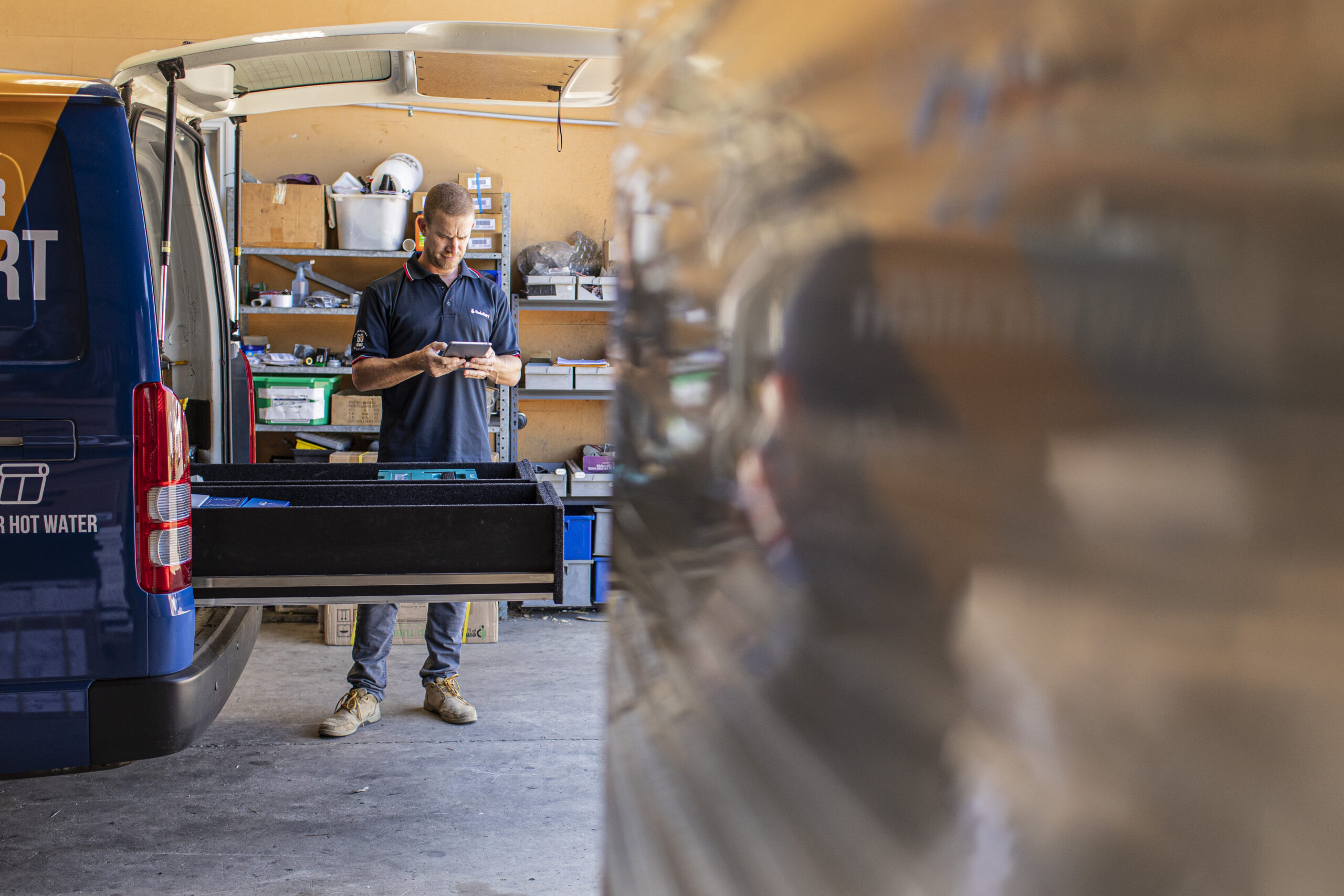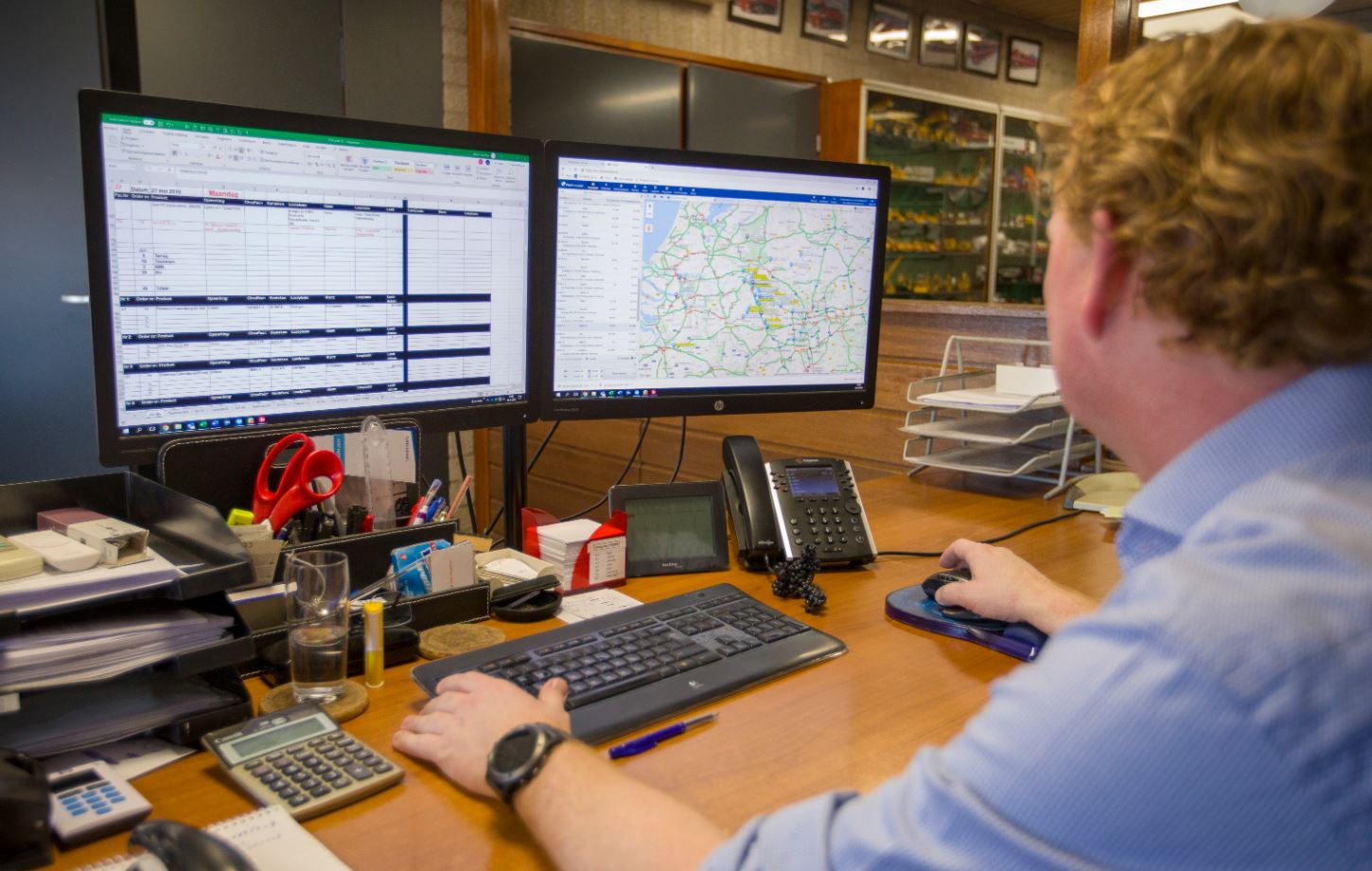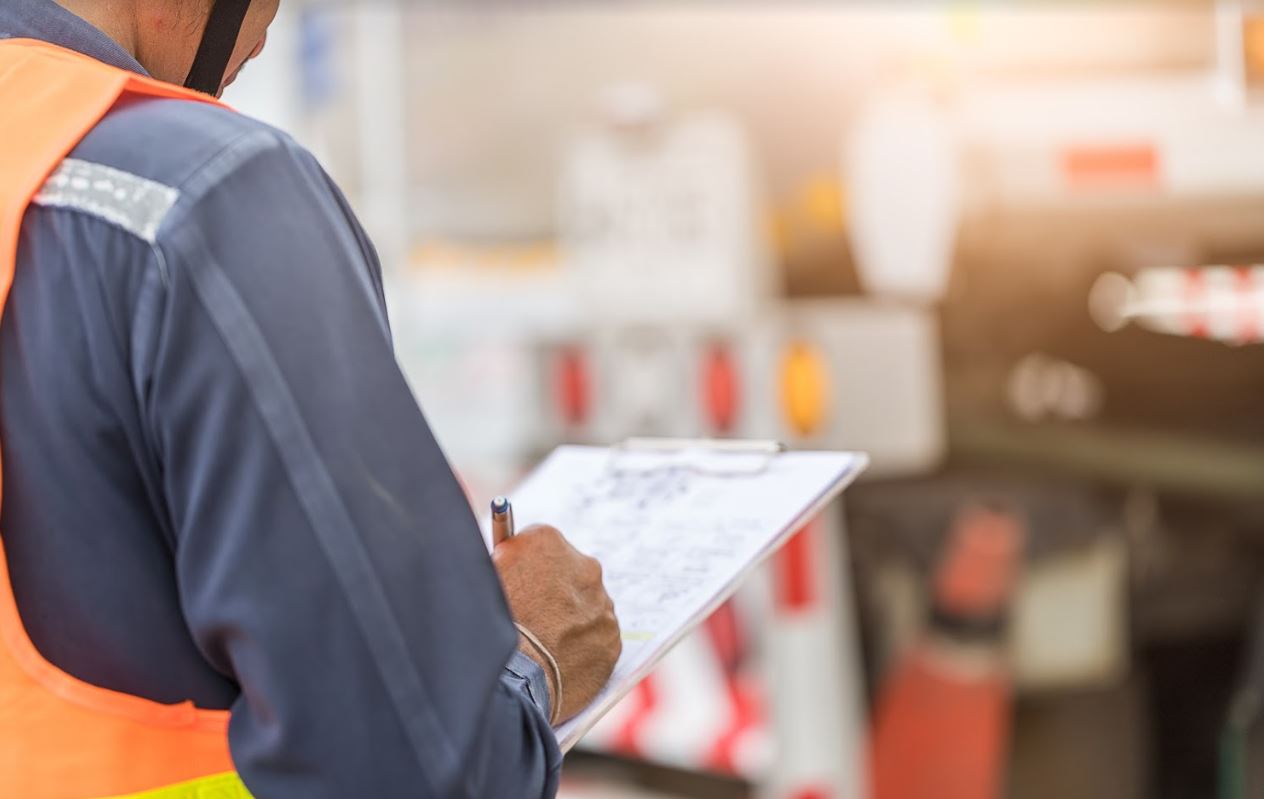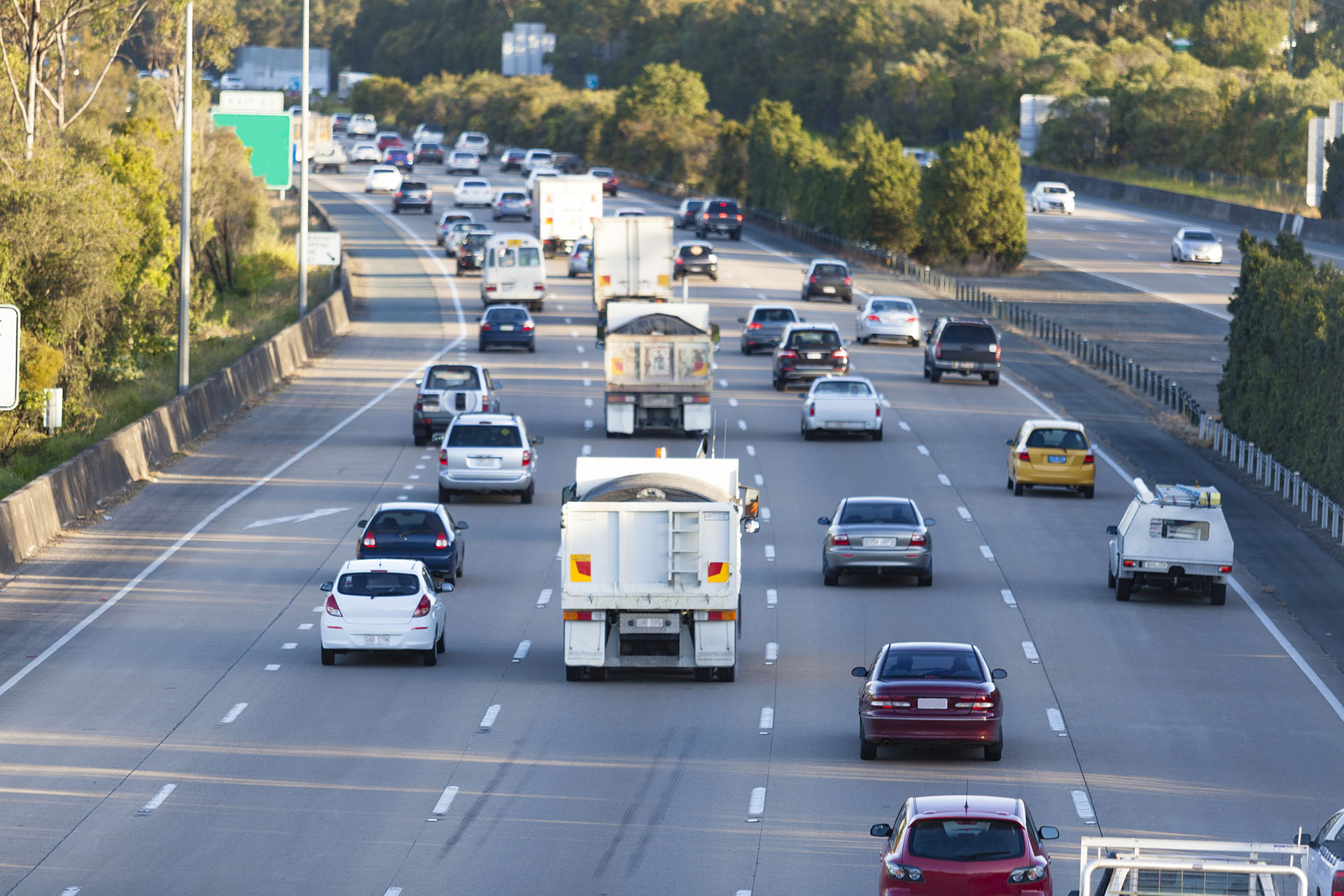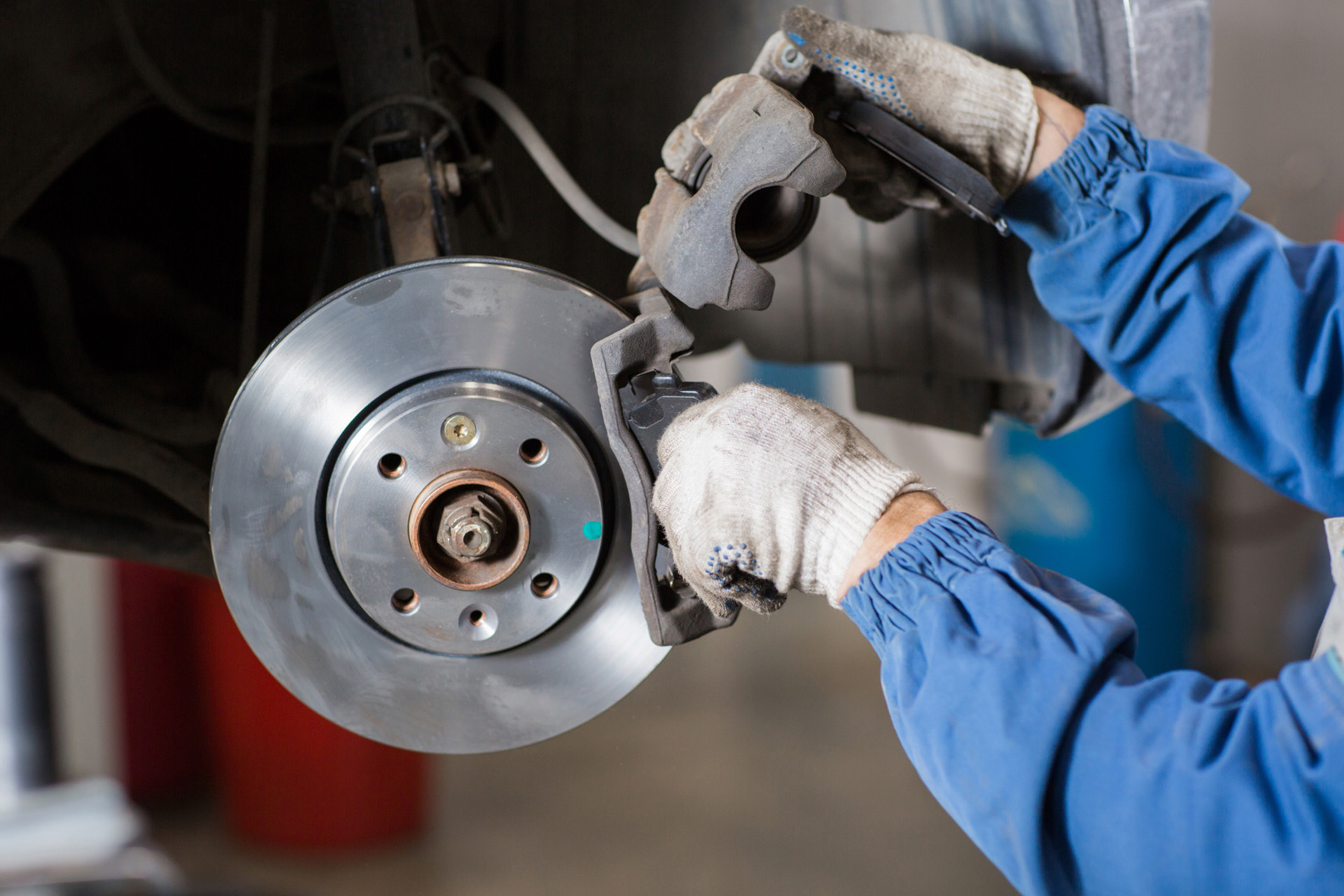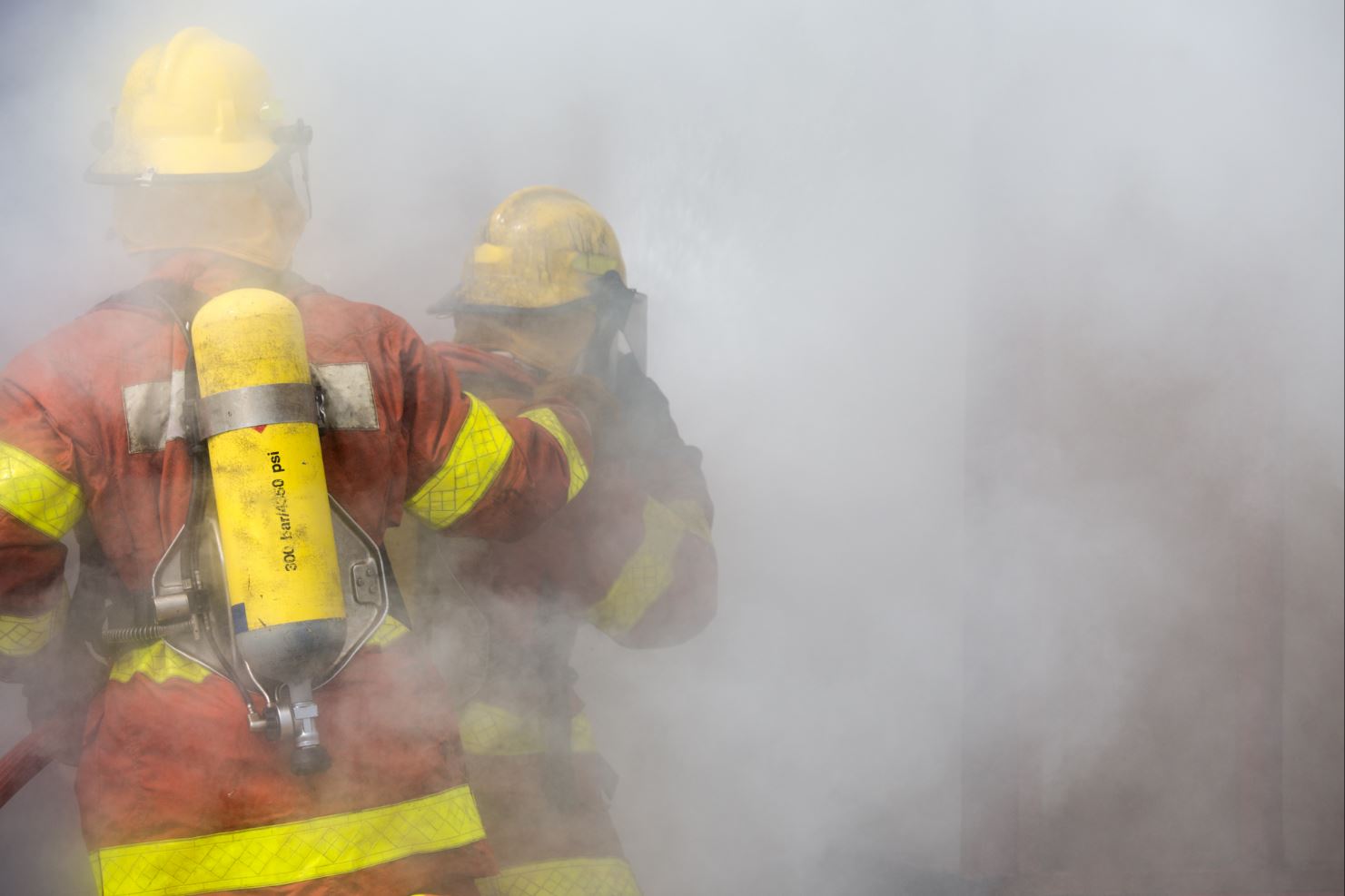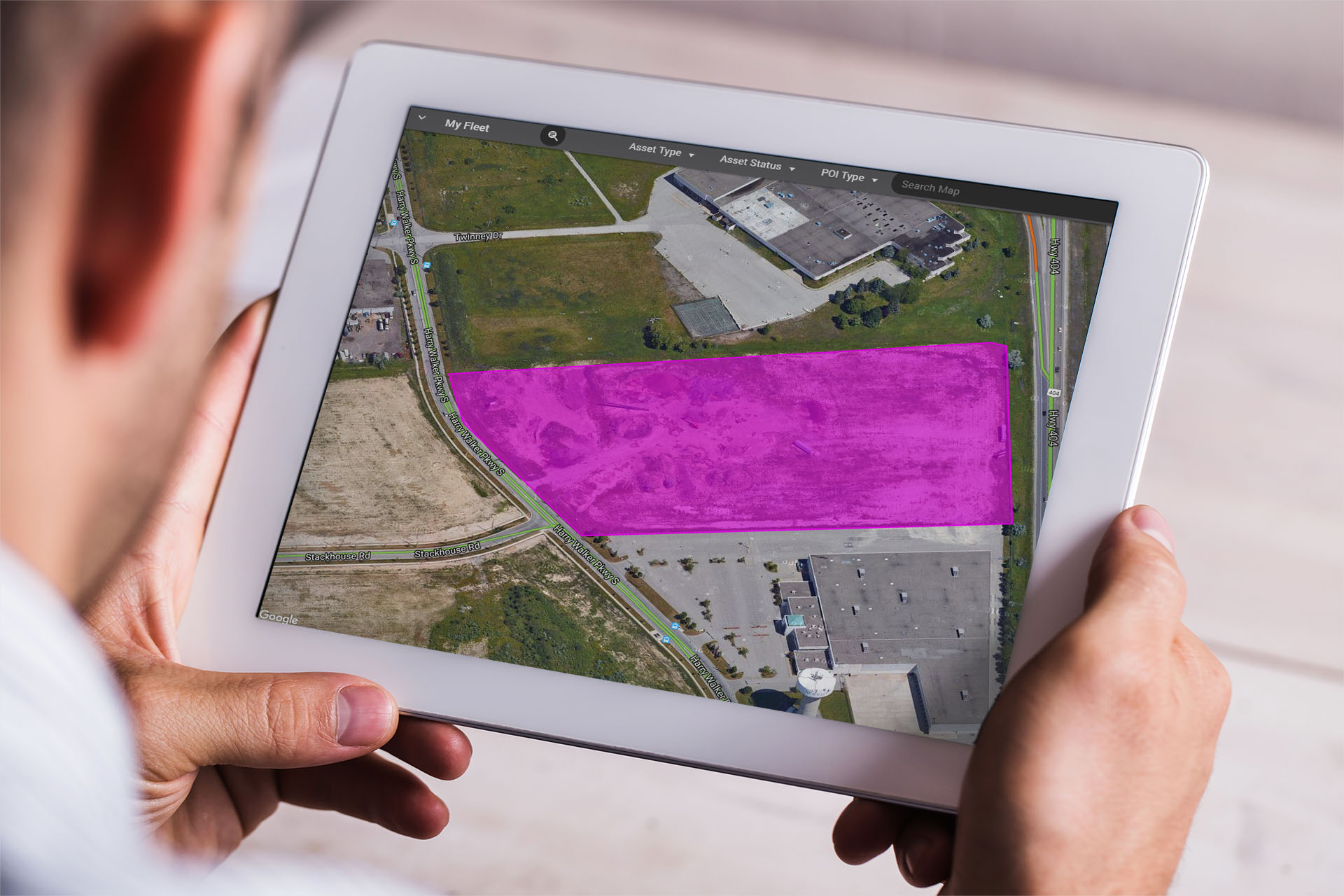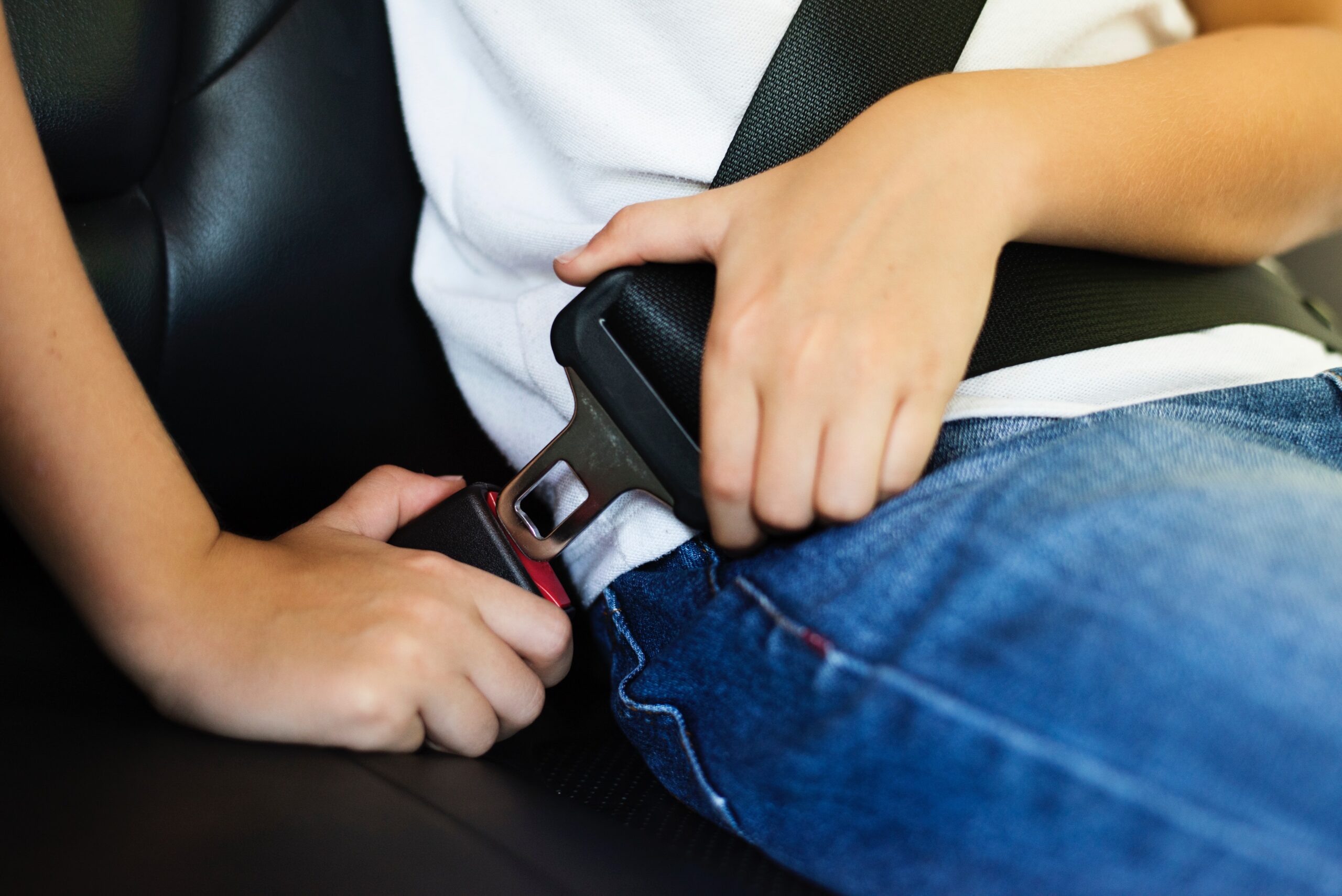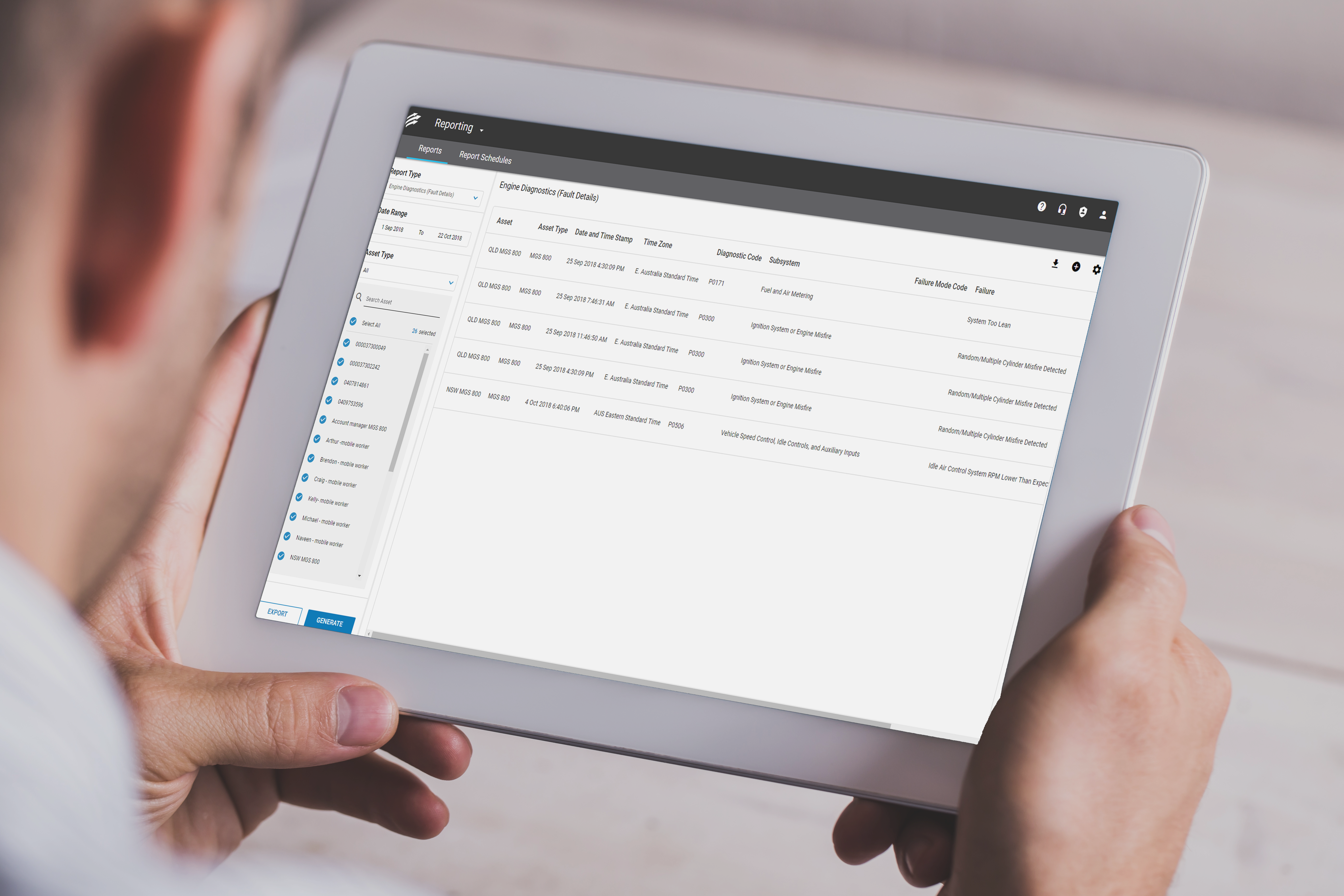According to the Australian Road Assessment Program (AusRAP), over 100 Australians die on the road every month, while approximately 2,500 or more are seriously injured. Despite widespread awareness of the dangers of highway driving, accidents and road fatalities continue to rise every year.
To help your drivers remain safe on Australian roads, we’ll go through the 10 most dangerous highways in Australia after we take a look at what you can do to help your drivers stay safe on them.
What Can You Do to Ensure Your Drivers Remain Safe on Australian Highways?
Although Australian highways can be dangerous, there are many precautions you can take to protect your drivers and other road users. According to the National Road Safety Strategy, the safest driving circumstances involve safe roads, safe vehicles, safe speeds and safe drivers.
While the infrastructure of the road may be out of your control, you can implement an action plan that encourages drivers to drive safely, reduce speeds when necessary, and frequently maintain their vehicles to decrease their chances of an accident.

First, we recommend implementing preventative and predictive maintenance schedules. Vehicles that are regularly serviced are not only safer to drive, but are also cheaper to operate. With solutions like the Inspect app, you can easily manage vehicle maintenance and repairs online. Your drivers can also quickly inspect their vehicles and report any problems or defects directly to the fleet manager or a designated mechanic within the mobile app.
We also recommend using an GPS Tracker to improve driver behaviour. Monitoring driver performance is a key step in keeping your drivers safe, as well as reducing costs.
With solutions like Fleet Tracker, supervisors and managers can identify any potentially problematic driving behaviours like erratic acceleration, harsh braking or speeding. Then, employees can be coached on safe driving practices, focusing on the specific issues they need to work on.
There are also video event-recording solutions like Vision, that allow your drivers to review their infractions and instances of hazardous driving from every trip in a dedicated app – while you can do the same from the head office. This way, you provide your personnel with visual tools to stimulate better learning, while you can analyse fleet-wide stats and see where the gaps are.
When drivers know they are being monitored, they’re also more likely to drive more safely, reducing problematic behaviour to begin with. By combining technology and data-driven driver education, tracking every driver’s behaviour can ultimately save costs and lives.
Australia’s Most Dangerous Highways
1. NSW: M4 Western Motorway
The 24 kilometre stretch of Sydney’s M4 Western Motorway, from Parramatta Road to the intersection with the M7 Westlink, is considered Australia’s most treacherous highway. It caused 788 casualty crashes and 6 deaths from 2010 to 2014. According to the AusRap, this highway carries an average of 94,050 cars everyday.
Granville MP Julia Finn has had long-standing concerns about the M4 motorway. She told the NSW Parliament in a speech last June that the Eastbound Church Street exit near Parramatta, which is used by many drivers to avoid tolls, “is so dangerous and accidents are so frequent that people have started calling the off-ramp ‘crash alley’.”
2. TAS: M2/A2 Bass Highway
The 7 kilometre section of the Bass Highway in Tasmania, stretching from Nine Mile Road to Stowport Road, is the second most dangerous Australian Highway. It reported 67 casualty crashes and 1 death between 2010 and 2014 with a traffic volume of 14,700 vehicles a day.
3. NSW: M31 Hume Motorway
In the Western Suburbs of Sydney, the stretch of the Hume Highway from the South Western Motorway to Narellan Road is one of Sydney’s worst roads. The Hume Highway is responsible for 726 casualty crashes and seven deaths between 2010 and 2014. It has a traffic volume of 39,950 vehicles a day.
4. QLD: M1 Pacific Motorway
The 15 kilometre section of the Pacific Motorway stretching from the Gateway Motorway to Logan Motorway experienced 383 casualty crashes and one death between 2010 and 2014. It has a traffic volume of 121,050 vehicles every day.
5. TAS: A8 East Tamar Highway
Tasmania’s 20 kilometre stretch on East Tamar Highway, extending from Alanvale Connector to Dalrymple Road, experienced 60 casualty crashes and two deaths between 2010 and 2014. It has a traffic volume of 4,600 vehicles a day.
6. QLD: M1 Pacific Motorway
The 29 kilometre section of the Pacific Motorway in Queensland, from Smith Street Motorway to the NSW border, experienced 528 casualty crashes and three deaths between 2010 and 2014, with a traffic volume of 79,100 vehicles a day.
7. TAS: M1 Midland Highway
Tasmania’s Midland Highway, from Evandale Main Road to Howick Street, had 82 casualty crashes and no deaths between 2010 and 2014. The 10 kilometre stretch has a traffic volume of 18,900 vehicles a day.
8. QLD: M1 Pacific Motorway
Queensland’s Pacific Motorway, stretching from Logan Motorway to Smith Street Motorway, had 563 casualty crashes and 19 deaths between 2010 and 2014. The 35km stretch has a traffic volume of 137,200 vehicles per day.
9. QLD: A1 Bruce Highway
The 25 kilometre section of the Bruce Highway in Queensland, stretching from Sarina to Mackay, experienced 87 casualty crashes and 6 deaths between 2010 and 2014, with a traffic volume of 9,750 vehicles a day.
10. WA: M1 Great Northern / Victoria Highway
Western Australia’s Great Northern and Victoria Highway, from the Kununnurra turn-off to the Northern Territory Border, experienced 16 casualty crashes and 4 deaths between 2010 and 2014. It’s one of the longest highways on this list, extending 83 kilometres. It has a traffic volume of 450 vehicles a day.
Australia’s most dangerous and deadliest highways have seen numerous casualty crashes and deaths in the past years. To help your drivers remain safe on potentially dangerous roads, we recommend regularly servicing your fleet’s vehicles so they’re in top condition. Monitor your drivers to ensure they’re practising safe driving behaviours. Increase the safety of your drivers and others on the road by trying our Fleet Complete demo today.
If you found this article helpful, please share it on social media.






